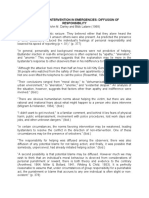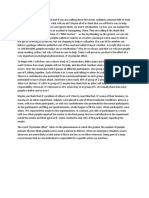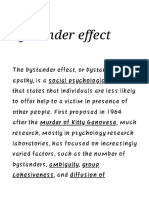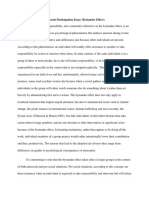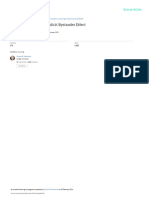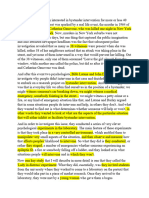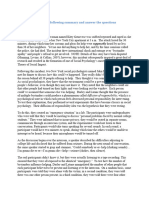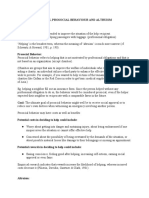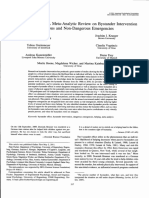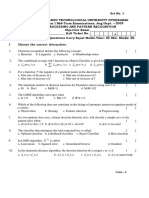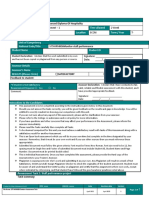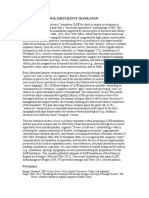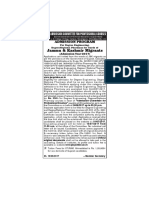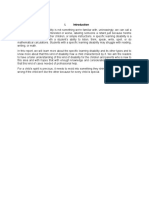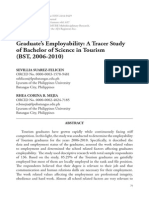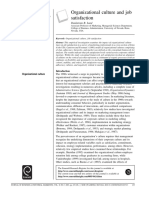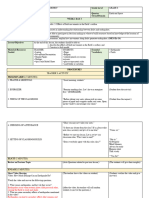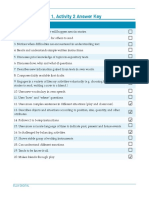0% found this document useful (0 votes)
16 views10 pagesAlternative Assignment
The document discusses two significant psychological studies: Darley's study on the bystander effect and Milgram's study on obedience. Darley's research highlights how social influence and the presence of others can inhibit individual intervention during emergencies, while Milgram's experiment reveals the extent to which authority can compel individuals to act against their moral beliefs. Both studies underscore the importance of understanding human behavior in social contexts and raise ethical considerations regarding participant treatment in psychological research.
Uploaded by
mutuallyrailaCopyright
© © All Rights Reserved
We take content rights seriously. If you suspect this is your content, claim it here.
Available Formats
Download as DOCX, PDF, TXT or read online on Scribd
0% found this document useful (0 votes)
16 views10 pagesAlternative Assignment
The document discusses two significant psychological studies: Darley's study on the bystander effect and Milgram's study on obedience. Darley's research highlights how social influence and the presence of others can inhibit individual intervention during emergencies, while Milgram's experiment reveals the extent to which authority can compel individuals to act against their moral beliefs. Both studies underscore the importance of understanding human behavior in social contexts and raise ethical considerations regarding participant treatment in psychological research.
Uploaded by
mutuallyrailaCopyright
© © All Rights Reserved
We take content rights seriously. If you suspect this is your content, claim it here.
Available Formats
Download as DOCX, PDF, TXT or read online on Scribd
/ 10

